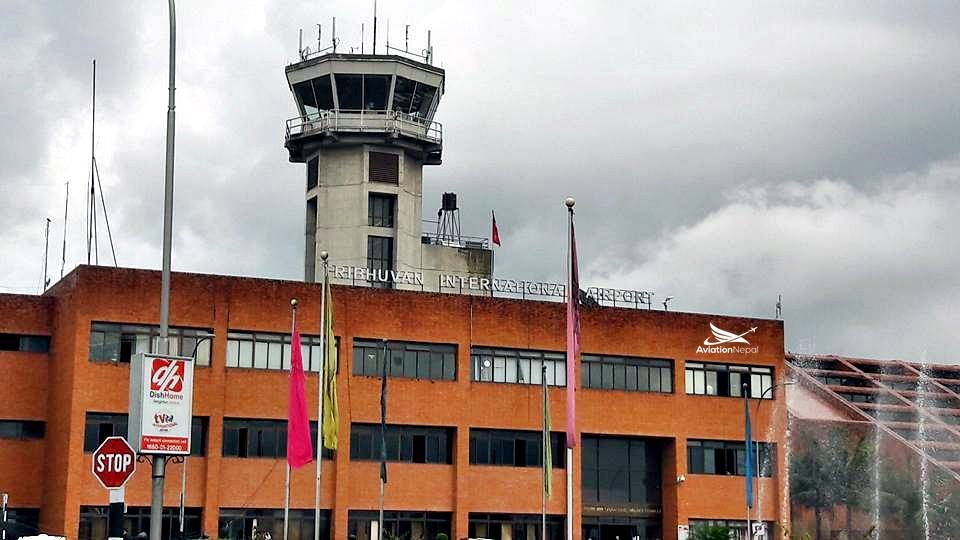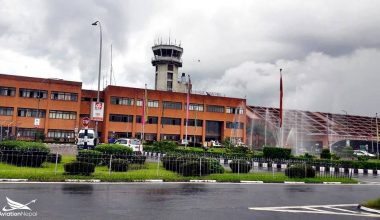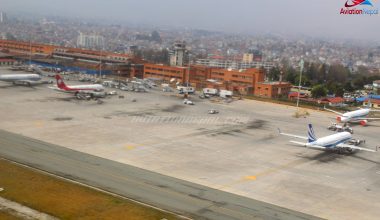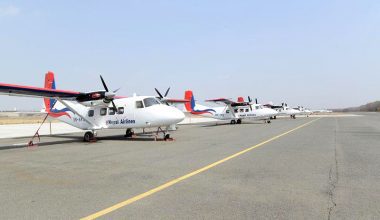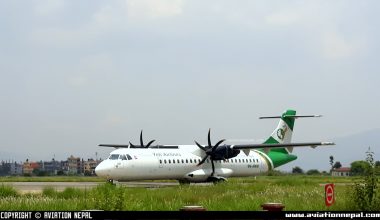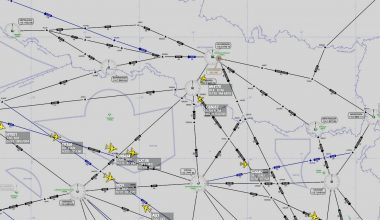TIA conducting first ever study to declare its capacity
December 12, 2016- Kathmandu
Tribhuvan International Airport (TIA) has been repeatedly criticized for its congestion problem which is expected likely to increase in near future due to growing air traffic. As the space in TIA have always been a budding problem as there is only a single runway and a parallel runway which exists in most of the International airports is absent here. Likewise, the domestic market of Nepal is likely to add half a dozen of aircrafts by 2018 which will eventually add to the congestion problem. Additionally, Nepal Airlines and Himalayan Airlines are in process to expand their fleets by fetching in a number of large jets.
Likewise, the domestic market of Nepal is likely to add half a dozen of aircraft by 2018 which will eventually add to the congestion problem. Additionally, Nepal Airlines and Himalayan Airlines are in process to expand their fleets by fetching in a number of large jets.
Likewise, the domestic market of Nepal is likely to add half a dozen of aircraft by 2018 which will eventually add to the congestion problem. Additionally, Nepal Airlines and Himalayan Airlines are in process to expand their fleets by fetching in a number of large jets.
Likewise, the domestic market of Nepal is likely to add half a dozen of aircraft by 2018 which will eventually add to the congestion problem. Additionally, Nepal Airlines and Himalayan Airlines are in process to expand their fleets by fetching in a number of large jets.
As the space in TIA have always been a budding problem as there is only a single runway and a parallel runway which exists in most of the International airports is absent here. Likewise, the domestic market of Nepal is likely to add half a dozen of aircraft by 2018 which will eventually add to the congestion problem. Additionally, Nepal Airlines and Himalayan Airlines are in process to expand their fleets by fetching in a number of large jets.
Likewise, the domestic market of Nepal is likely to add half a dozen of aircraft by 2018 which will eventually add to the congestion problem. Additionally, Nepal Airlines and Himalayan Airlines are in process to expand their fleets by fetching in a number of large jets.
As the space in TIA have always been a budding problem as there is only a single runway and a parallel runway which exists in most of the International airports is absent here. Likewise, the domestic market of Nepal is likely to add half a dozen of
Likewise, the domestic market of Nepal is likely to add half a dozen of aircrafts by 2018 which will eventually add to the congestion problem. Additionally, Nepal Airlines and Himalayan Airlines are in process to expand their fleets by fetching in a number of large jets.
Additionally, Nepal Airlines and Himalayan Airlines are in process to expand their fleets by fetching in a number of large jets.
Likewise, the domestic market of Nepal is likely to add half a dozen of aircrafts by 2018 which will eventually add to the congestion problem. Additionally, Nepal Airlines and Himalayan Airlines are in process to expand their fleets by fetching in a number of large jets.
As the space in TIA have always been a budding problem as there is only a single runway and a parallel runway which exists in most of the International airports is absent here. Likewise, the domestic market of Nepal is likely to add half a dozen of aircrafts by 2018 which will eventually add to the congestion problem. Additionally, Nepal Airlines and Himalayan Airlines are in process to expand their fleets by fetching in a number of large jets.
In order to cope with that, TIA is planning to conduct first ever study which will determine the airport’s capacity which will be declared later, basically, before the new airports will be opened by 2018. But the study will take some time as that the alternative to the existing air traffic flow are being explored by CAAN, TIA and air traffic controllers. Further, the sole international airport will have to bear up more number of fleets when bigger aircrafts will be brought but the parking space and capacity to handle them is at limits.
The capacity when declared will help determine the maximum number of aircraft movements that the airport can holder during any given time. The airport capacities will be judged by the airport operations, airport groundwork, fleet size and numbers and upcoming demands of airlines.
The ‘roll and hold’ problem that lingers in the airport has made the airport managers and airline operators brawl to safeguard a smooth undertaking throughout the peak season—September-November period—due to structural bottlenecks especially parking problems.
While the airport handles nearly 300 domestic flights and about 80 international flights daily, it has become common to hold any airplane up to one hour. The TIA levers more than 100,000 take-offs and landings a year as 80 percent of them are domestic flights. Rendering to the TIA, passenger movement has climbed up to 150 percent and aircraft movement has reached 60 percent in the last 10 years. The country’s sole international airport which has a single runway and approach system has been harshly stressed due to this problem while the infrastructure limits the airport which is over fifty years old and the airport capacity has not increased according to the growth in aviation.
